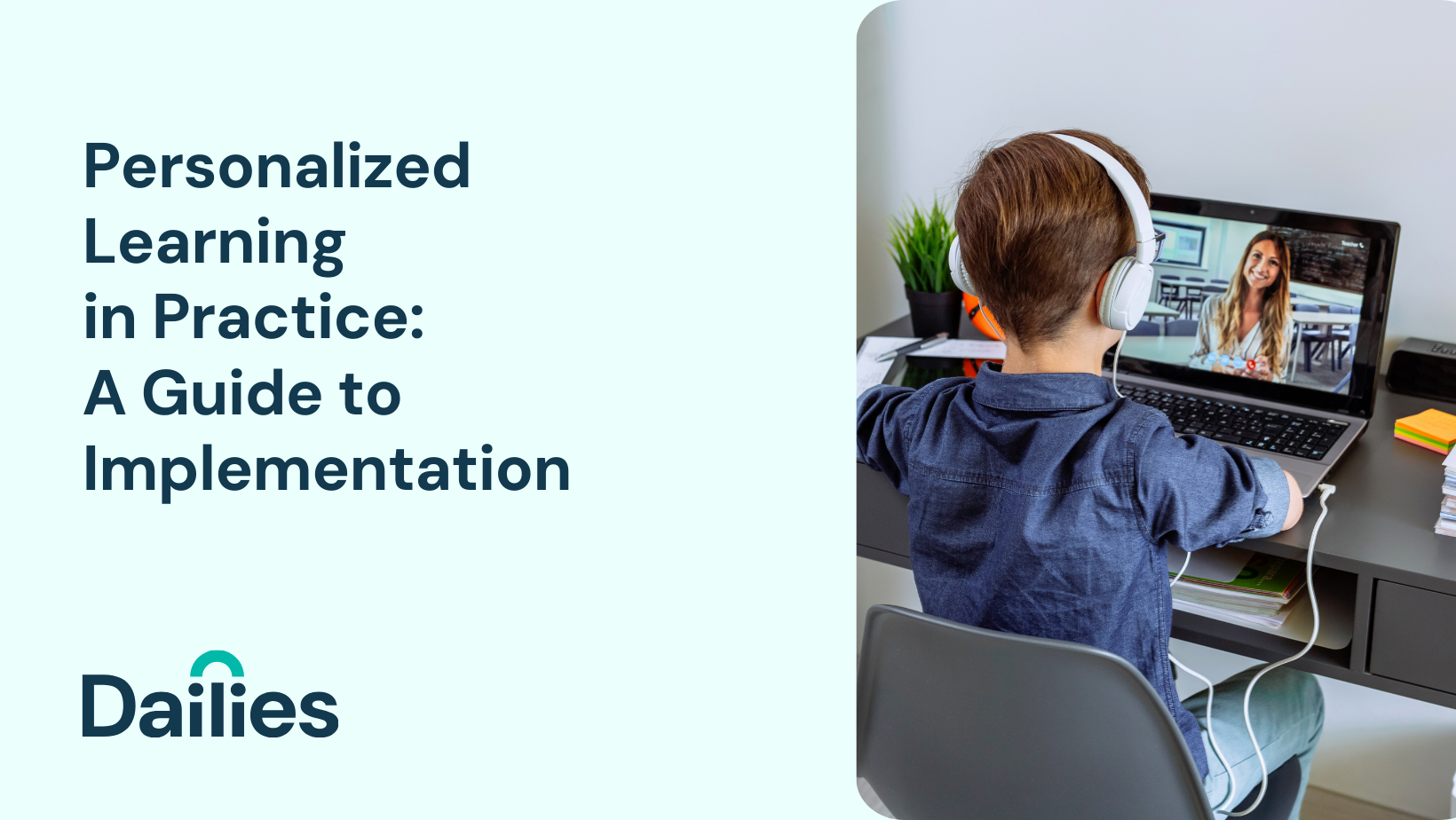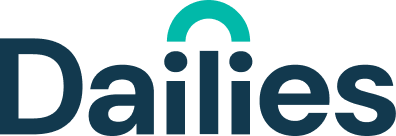Written by
Jessica Shelley Read all posts by this author
Personalized Learning in Practice: A Guide to Implementation
As educators, we strive to reach every student and help them achieve their highest potential. The concept of personalized learning has gained traction in recent years as a way to do just that. But what does personalized learning look like in action? How can it be implemented effectively in the classroom? In this blog post, we will explore the principles of personalized learning and provide tips for successful implementation.
Understanding Personalized Learning
Personalized learning is an approach to education that tailors instruction and learning environments to the unique needs and preferences of individual learners. It involves:
Flexible pacing
- Allowing students to progress through content at their own pace, rather than at a predetermined rate.
Adaptive content
- Providing content that is tailored to each student’s current skill level and learning style.
Student choice
- Allowing students to choose the topics and methods of learning that interest them the most.
Data-driven decisions
- Using data to inform instructional decisions and adjust approaches to better meet individual student needs.
Implementation Strategies
Implementing personalized learning in practice requires a deliberate effort and specific strategies. Here are some tips for success:
- **Start with your students.** Get to know each student’s unique strengths, interests, and learning needs.
- **Create a flexible learning environment.** Allow for multiple modes of learning and a variety of resources to support student choice.
- **Utilize technology.** Adaptive software and onlineplatforms can help streamline the process of tailoring content to individual learners and tracking student progress.
- **Set clear learning goals and expectations.** Communicate with students about what they should be learning and how they will be assessed.
- **Encourage collaboration and peer learning.** Provide opportunities for students to work together and learn from one another.
- **Regularly assess student progress.** Use formative assessment strategies to track student growth and adjust instruction as needed.
- **Continuously reflect and adjust.** Personalized learning is an ongoing process that requires regular reflection and refinement. Stay open to feedback and be willing to make adjustments as you go.
By implementing personalized learning in your classroom, you can help ensure that every student has the opportunity to reach their full potential. Remember to start by understanding your students’ needs, creating a flexible learning environment, utilizing technology, setting clear goals and expectations, encouraging collaboration, regularly assessing progress, and reflecting and adjusting as needed. By doing so, you can help your students become more engaged, motivated, and successful learners.

